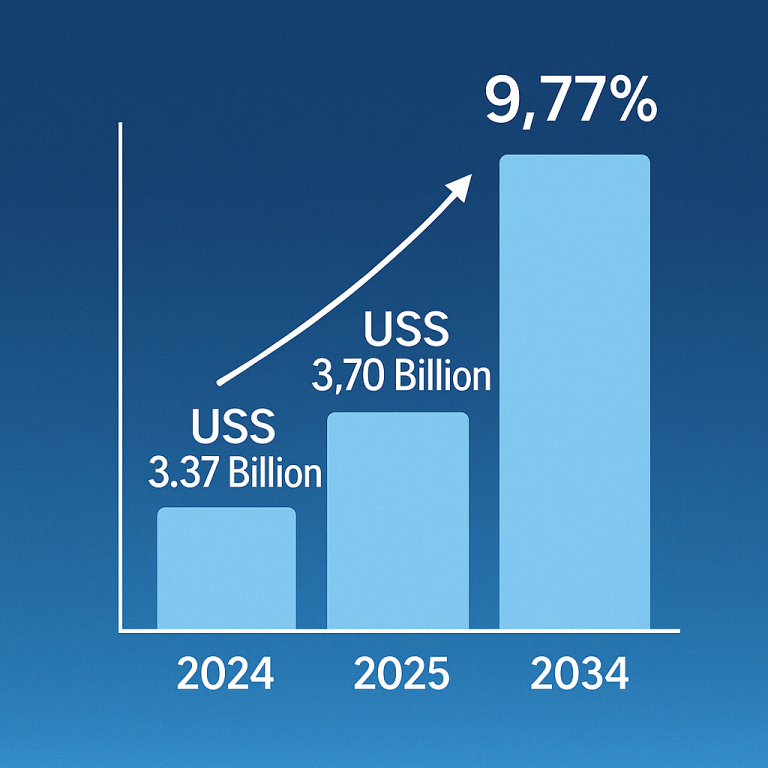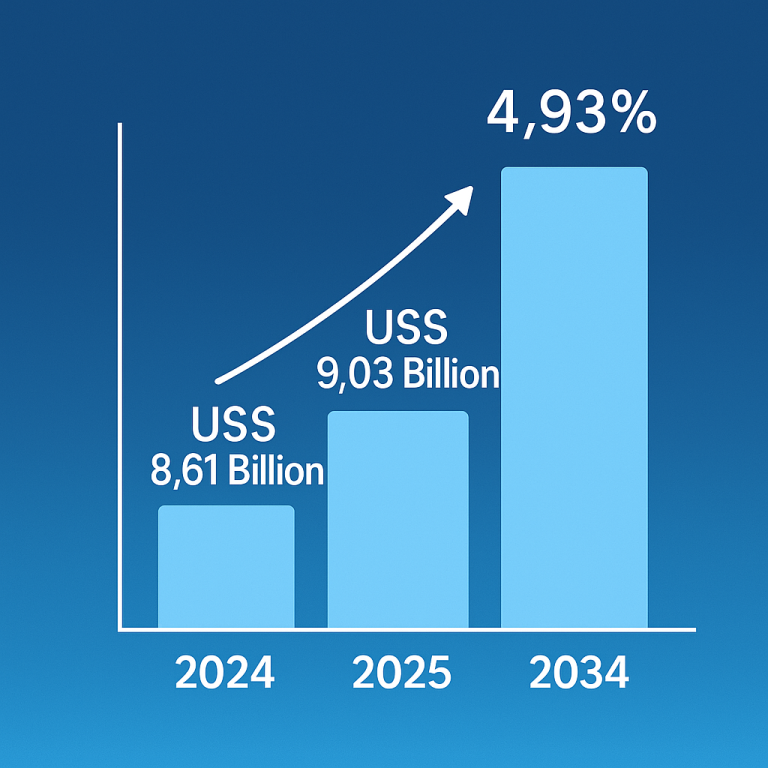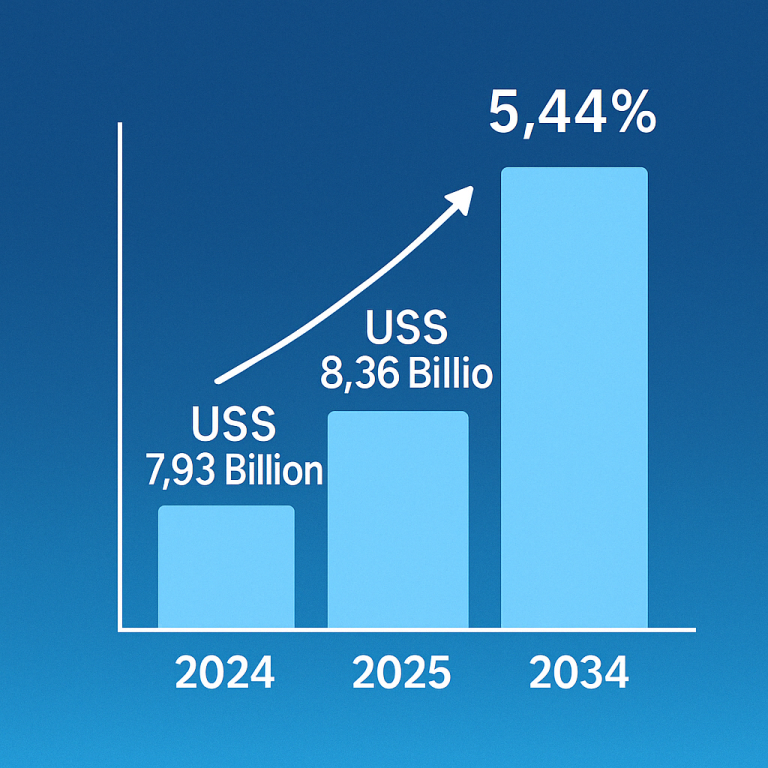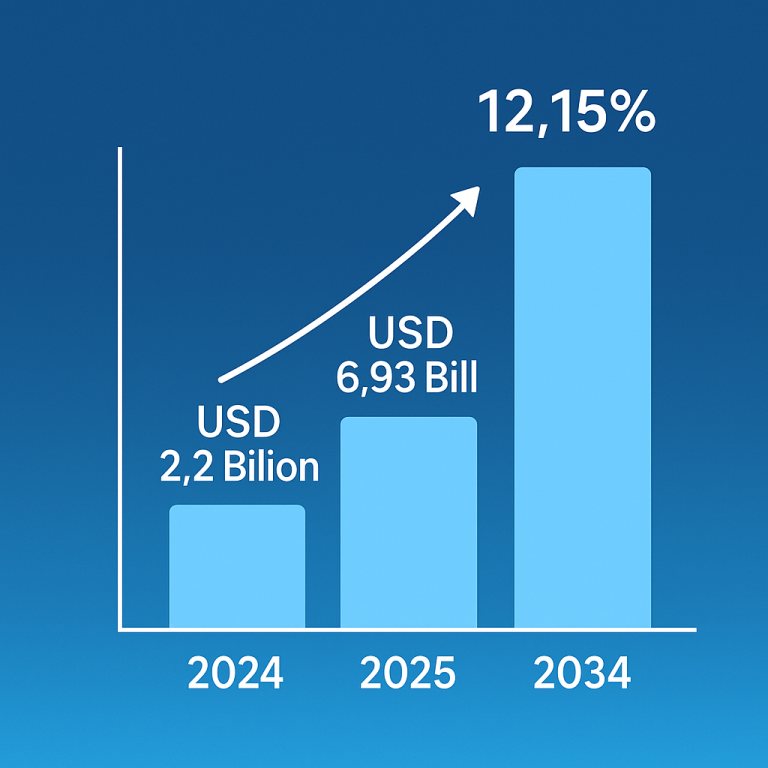Exploring the Long Read Sequencing Market Key Players, Innovations, and Expert Insights
The long read sequencing market, valued at $0.6 billion in 2023, is set for significant growth, with projections reaching $11.6 billion by 2034. This represents a robust compound annual growth rate (CAGR) of 30.96% from 2024 to 2034. Factors such as the increasing prevalence of genetic disorders, expanding research and development efforts, and a growing demand for personalized medicine are fueling this rapid market expansion.
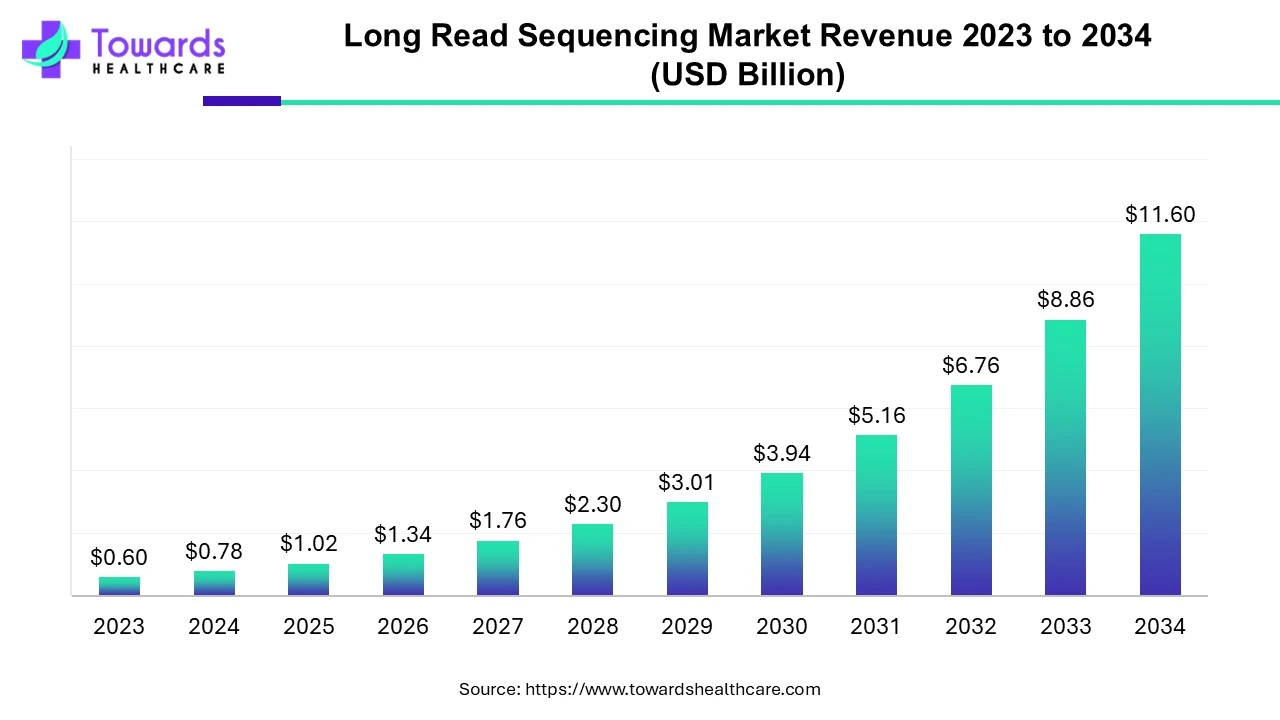
Download statistics of this report @ https://www.towardshealthcare.com/download-statistics/5324
Long Read Sequencing Market Trends: Key Insights and Developments
The long read sequencing market is experiencing rapid growth, driven by several key trends and advancements in the field. Here are some of the most prominent trends shaping the market:
- Technological Advancements: The development of high-throughput sequencing technologies, such as Pacific Biosciences’ Sequel systems and Oxford Nanopore Technologies’ MinION, has significantly improved the accuracy, speed, and cost-effectiveness of long read sequencing. These advancements enable more comprehensive genome analysis, making it easier to sequence complex regions of the genome.
- Growing Demand for Personalized Medicine: As precision medicine continues to gain traction, long read sequencing is becoming essential in identifying genetic variations that can inform individualized treatments. The ability to sequence longer DNA fragments provides a clearer understanding of genetic variations linked to diseases.
- Increasing Genetic Disorder Diagnosis: With the rising number of genetic disorders, long read sequencing offers a more accurate method for detecting genetic mutations and structural variations that short-read sequencing technologies might miss. This trend is particularly important for rare genetic diseases and complex conditions.
- Expansion of Research & Clinical Applications: The integration of long read sequencing in clinical diagnostics, oncology, and genomics research is on the rise. Researchers and clinicians are using it for tasks like whole-genome sequencing, cancer genomics, and detecting large structural variants, which are crucial for understanding disease mechanisms and potential treatments.
- Lowering Costs and Increased Accessibility: As the cost of sequencing continues to decrease, long read sequencing is becoming more accessible to a broader range of researchers and healthcare providers. The market is benefiting from more widespread adoption across academic, pharmaceutical, and biotechnology sectors.
- Growing Collaborations and Partnerships: Collaborations between biotech companies, research institutions, and healthcare providers are accelerating the development and adoption of long read sequencing technologies. These partnerships are crucial for advancing applications in genomics, drug development, and personalized healthcare.
